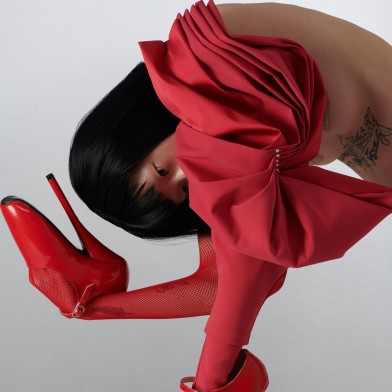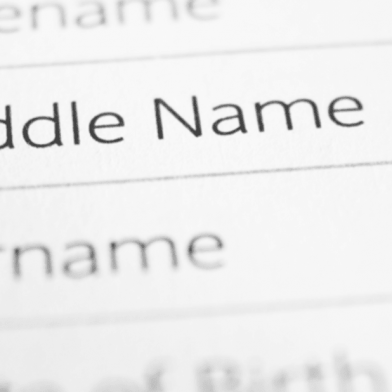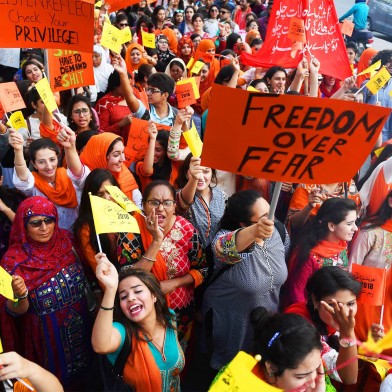Korea is the capital of both skincare and plastic surgery in Asia, and, naturally, a major trendsetter for Asian beauty standards (or, shall we say, “ideals”). Chinese beauty standards are similar to those created in Korea, for example, but with some differences.
“Overall, Korean beauty standards push for an overall innocent look: small face, big eyes, slim body, to recreate that youthful look,” says beauty writer Cho Keng for The Vou. Keng goes on to explain this look as a pointy nose, plump lips, V-shaped jaw, and straight eyebrows, flawless and pale complexion, larger eyes (with double eyelids), and a slim figure (straight shoulder line, X and S shaped body, long legs).
Hazel Xu is a Chinese-born Kiwi artist and make-up artist. As young as their pre-teen years, they were told by their family to consider surgery to “improve” their face to be closer to common standards of Asian beauty. “No one really questions the reasons behind the ever-so-popular double eyelid surgery. I was offered it from my family as a graduation gift… I was very tempted. My self-esteem was very low at age 18, after being told all my life how small my eyes were, I didn’t know any better. But I am so glad I didn’t go for it.
Actor, producer, and writer Chye-Ling Huang says this trend is an “awful reflection of Westernised beauty standards”. “On the flip side in America, the fox-eye trend was controversial for its mimicking of the Asian monolid, which I found interesting - can Western beauty standards shift in a way that celebrates difference but doesn't exoticise it?” Huang wonders.
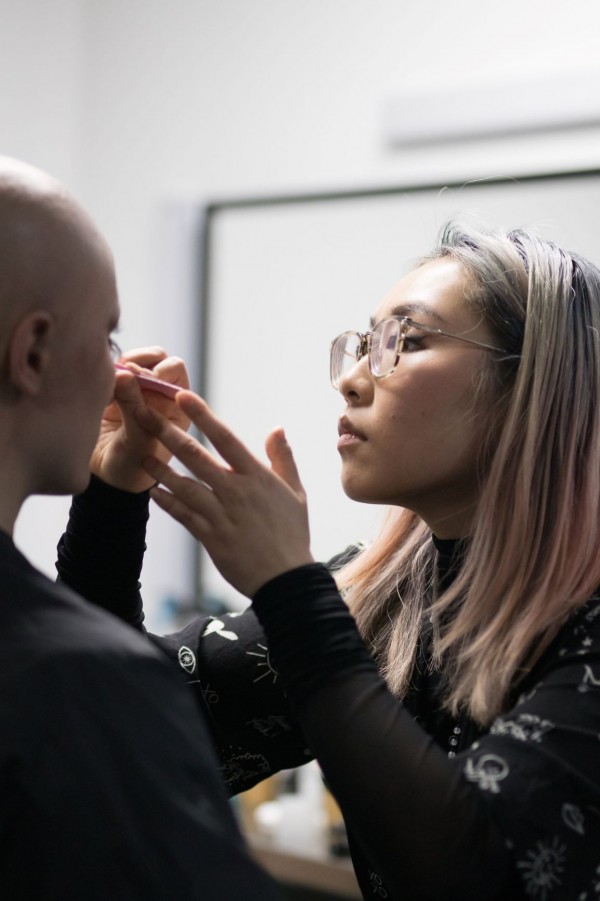
Hazel Xu | Photo: Supplied
“Asian-baiting has become another conversation - those who use makeup to look Asian or exaggerate their “Asian-ness”. I worry that this is a modern form of self-exoticising or playing into sexualised tropes that hark back to the lotus blossom, dragon lady or Asian prostitute caricatures.”
As an actor, Huang says she has felt the pressure to “play up” her “Chinese-ness”. “I have been asked explicitly to change my makeup and hair to reflect [the stereotypes] - add more sharp eyeliner, dye my hair black - which in the past, I'd comply with in order to be more castable.”
Skin colour is seen as a signifier of social class across many Asian countries, and the Korean beauty ideal has made this even more prominent across other Asian nations. Channel News Asia says, “lighter skin is not just a symbol of beauty but also of perceived power and wealth in these cultures, where prejudice against those with darker skin remains. Fairness has also been a particularly sought-after quality in East Asia – among the Koreans, Japanese and Chinese.”
This favouring of lighter skin over darker is called “colourism”. “It has an insidious presence that we often take for granted when talking about the bigger picture of overt types of racism especially between Asian cultures,” says Huang.
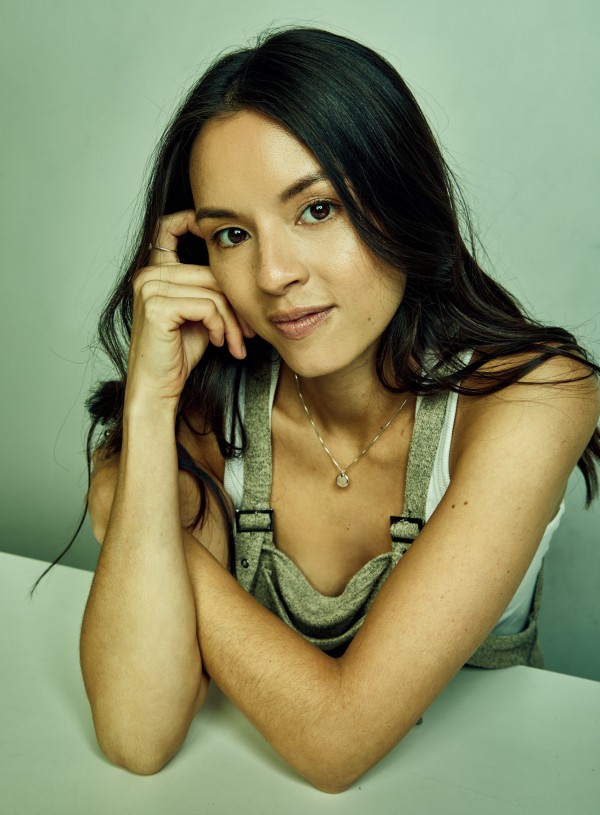
Chye-Ling Huang | Photo: Supplied
“Several projects I've done have taken me on a deep-dive into skin whitening, especially in the Philippines and China, and it seems to stem from classist ideas of beauty - if you are lower class and have to work in the outdoors, you'll have darker skin, therefore lighter skin is a status symbol of wealth and is more coveted.
“This is compounded across generations with the effects of colonisation by British and Pākehā cultures - structures of power that favour white as the beauty standard, and that actively uplift those with lighter skin and give them more opportunities out of racist ideals.”
According to Annie Evans, an influencer executive and former model in China, white skin is celebrated in Asian cultures because it represents something that goes against the “standard”. “From my perspective, it’s all about the unattainable – or less common,” she says. “I think generally, Asian skin tans more easily than Caucasian skin, thus white skin celebrated as it’s hard to attain. You can compare it to how, in Western culture, tan skin is desirable. And we use tanning products to achieve that colour.”
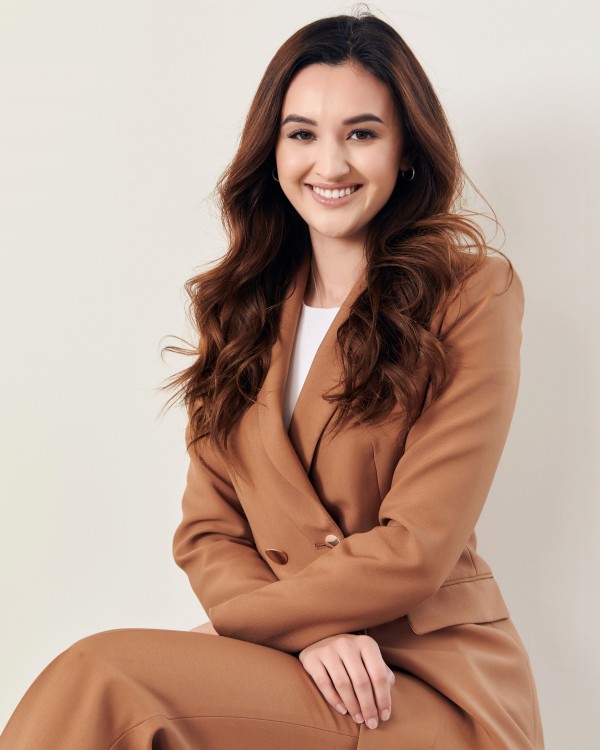
Annie Evans | Photo: Supplied
A World Health Organisation study has found that almost 40 percent of women in China, Malaysia, the Philippines and South Korea use skin bleaching products regularly. This figure is 61 percent in India. Social media and “filter” culture, inasmuch, has increased the desire for skin whitening, says Evans. “I think it’s definitely magnified it,” she says.
“It’s so much easier with the click of a button to whiten skin. But of course, looking at someone’s photo, you don’t really know what their true skin tone is. You’re not only comparing yourself to someone – which is not great in itself – but comparing yourself to an unattainable version of that person.”
Huang adds, “Chinese media has a lot of lightning filters that are commonplace now, which is feeding into the problem of whiteness being coveted. It's interesting to see the shift happen with beauty trends in the West, however, with Korean culture through K-pop and social media in general.”
The Asian beauty ideals in mention also encourage a super-slim, small-framed, “doll-like” body shape. When modelling in China at age 14, Evans felt this burden. “I was already so skinny, but somehow had external pressure to lose more weight. And specifically in my trunk area – as that did not fit into that typical ‘doll’ look in Asian beauty standards,” she says. “Being asked to lose weight in such a targeted area at such a young age was not that great for my self-esteem at that time, and that comment followed me around for years.”
In Western countries, the #BodyPositive movement is slowly changing attitudes. In Asia, body shape and size standards still veer towards being excessively slim. “This is a bit of a cultural double-edged sword, with Asian cultures and expressions of love often centring around food and cooking while maintaining an expectation to be thin,” says Huang. “Many friends I know struggle with their families back home but feel more accepted to be whatever size is healthy for them in New Zealand. After being the origin of so many problematic beauty ideals, perhaps the Western body positive movement can have a positive impact on the East.”
- Asia Media Centre
